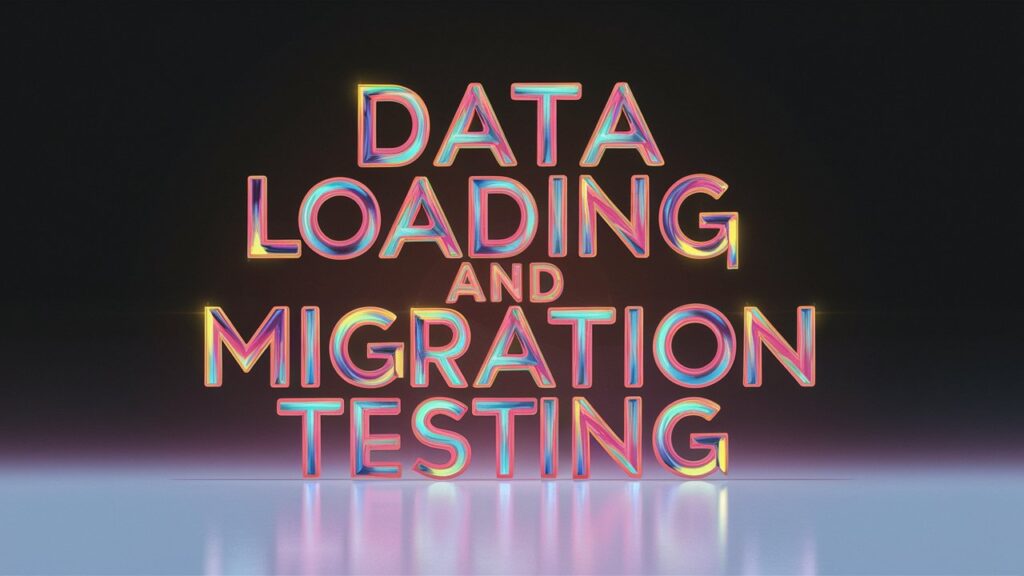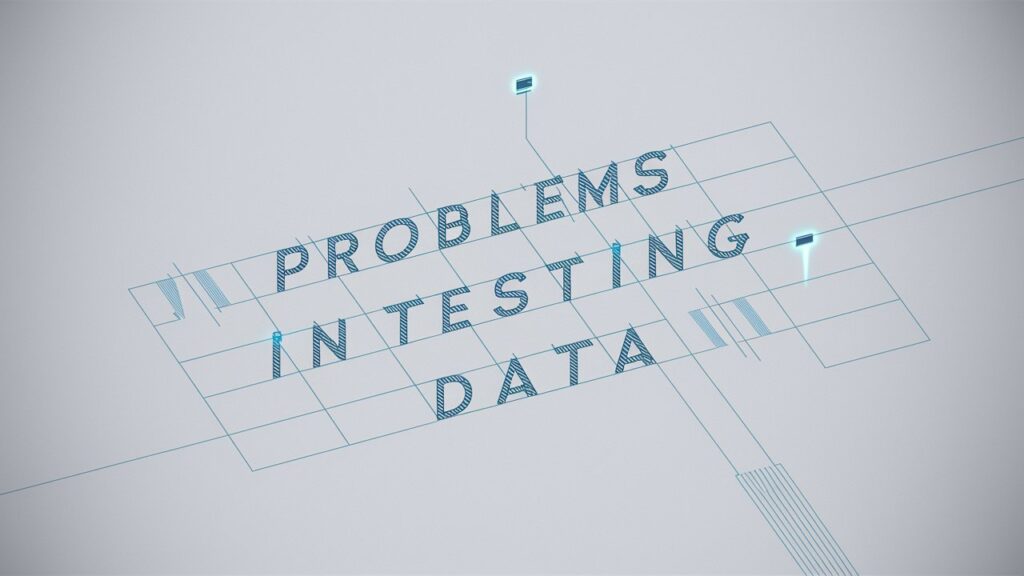INTRODUCTION
In today’s digital age, businesses frequently face the need to migrate data from one system to another, whether due to system upgrades, mergers, or moving to the cloud. However, data migration is not just about moving data; it’s about ensuring that the data remains intact, secure, and usable in the new environment. This is where a robust data migration testing approach comes into play.
In this article, we’ll explore the importance of data migration testing, outline effective strategies for approaching this critical task, and provide practical advice to ensure a smooth transition. By the end of this guide, you’ll have a clear understanding of how to plan and execute a data migration testing approach that minimizes risks and ensures data integrity.
Table of Contents
WHAT IS DATA MIGRATION TESTING?
Definition and Importance
Data migration testing is the process of validating that data moved from a source to a target system remains accurate, complete, and functional. This step is crucial because it ensures that the migration process does not corrupt or lose any data, which could lead to significant operational disruptions.
Key Objectives of Data Migration Testing
- Data Integrity: Ensuring that data remains consistent and unaltered during migration.
- Data Accuracy: Verifying that the data in the target system is accurate and matches the source.
- System Compatibility: Confirming that the migrated data is fully compatible with the target system.
- Performance Validation: Ensuring that the migration process does not degrade the performance of the target system.
STEPS IN A DATA MIGRATION TESTING APPROACH
1. PLANNING AND STRATEGY DEVELOPMENT
Before diving into testing, it’s crucial to establish a solid plan and strategy. This includes understanding the scope of the migration, the data to be moved, and the systems involved.
Key Steps in Planning:
- Identify Data Sources and Targets: Document all the data that will be migrated, including databases, files, and other digital assets.
- Define Success Criteria: Determine what constitutes a successful migration. This could be zero data loss, 100% accuracy, or complete system functionality.
- Create a Testing Schedule: Develop a timeline for testing that aligns with the overall migration project plan.
2. DATA MAPPING AND TRANSFORMATION TESTING
Data Mapping:
Data mapping links source data fields to target fields. This step helps us understand how data will change during migration.
Transformation Testing:
- Purpose: To check if data changes based on business rules.
- Key Actions: Run tests to make sure data changes (like format updates math) are right and no data gets lost or messed up.
3. DATA EXTRACTION TESTING
Data extraction pulls data from the source system for migration. Testing this stage makes sure we get all the important data without losing anything.
Extraction Testing Checklist:
- Complete Data Retrieval: Make sure you get all the data you need.
- Data Format Validation: Check if the data you’ve pulled out is in the right shape to move over.
- Error Handling: See how the system deals with hiccups or stops during data extraction.
4. DATA LOADING AND MIGRATION TESTING

Getting data into the new system is a big deal. Things can go wrong if you don’t keep a close eye on it.
Key Focus Areas:
- Data Loading Validation: Double-check that all the data ends up in the new system without getting messed up or lost.
- System Performance Monitoring: Keep tabs on how the system holds up when you’re loading data. Make sure it’s still working well enough.
- Reconciliation Testing: Look at the old and new data side by side to make sure everything matches up and is correct.
5. POST-MIGRATION TESTING
After data migration comprehensive testing becomes crucial to verify the system’s proper operation.
Post-Migration Testing Tasks:
- Functional Testing: Check if the application works with the transferred data.
- Security Testing: Confirm that data protection measures remain intact and no weak points exist.
- User Acceptance Testing (UAT): Get end-users to test the system to make sure it meets their requirements and hopes.
BEST PRACTICES FOR DATA MIGRATION TESTING
1. GET STAKEHOLDERS INVOLVED FROM THE START
Bring in all key players such as business users, IT teams, and outside vendors right from the planning stage and keep them in the loop throughout the migration.
2. PUT AUTOMATION TO WORK
Make use of automated testing tools to speed up repetitive jobs, boost precision, and cut down on testing time.
3. KEEP DETAILED RECORDS
Create thorough logs of all testing activities, including test cases, outcomes, and any problems you run into. These records prove crucial for fixing issues and during audits.
4. BE READY TO UNDO CHANGES
Even with careful planning, moves can go wrong. Always have a backup plan to go back to the old system if you need to.
USUAL PROBLEMS IN TESTING DATA MOVES


1. BAD DATA ISSUES
Low-quality data in the old system can cause trouble during the move. It’s key to fix any data problems before you start moving things.
2. NOT ENOUGH TESTING
Rushing tests or missing some cases can let errors slip through. Make sure to test everything to lower risks.
3. TEAMS NOT ON THE SAME PAGE
Poor communication between teams can cause confusion and mistakes. Set up clear ways to talk and meet .
TO WRAP UP
Testing data migration plays a key role in any project moving data. By using a step-by-step plan getting everyone involved to pitch in, and sticking to what works best, you can make sure your data moves and stays correct, exact, and quick to use.
No matter if you’re switching to a new system making your current setup better, or heading to the cloud good data migration testing will keep your data safe and cut down on risks.
FAQs
1. What is the most important aspect of data migration testing?
Data integrity has the biggest impact on data migration testing. This means making sure no data gets lost, corrupted, or changed as it moves from one place to another.
2. How long does data migration testing take?
Data migration testing can last anywhere from a few weeks to several months. The time it takes depends on how much data there is and how complex it is.
3. Can data migration testing be automated?
Yes, you can automate many parts of data migration testing. This includes checking if the data is correct and keeping an eye on how well the system performs. There are special tools to help with this.
NEXT STEPS


If you’re preparing for a data migration project, consider consulting with data migration experts who can help you design and execute a robust testing approach. Proper planning and thorough testing are key to ensuring a smooth and successful migration.


